Meet the Vaseline inventor who allegedly ate his product
Here is the bizarre story of Vaseline’s inventor, Robert Chesebrough, a 19th-century chemist who ate his own petroleum jelly!


A 19th-century chemist stands in his lab, holding a jar of his latest invention—a smooth, waxy substance derived from crude oil.
Then, he eats a spoonful of it.
Meet Robert Chesebrough, the eccentric inventor of Vaseline, who didn’t just create his product; he consumed it daily! In fact, he swore by its healing powers and even made dramatic demonstrations by burning a little skin to prove it.
This is the wild, greasy tale of how a byproduct of oil drilling became a household name and why its inventor was its most devoted fan!
From oil rigs to jelly
In the 1850s, Robert Chesebrough was a chemist working in Pennsylvania’s booming oil fields. There, he noticed something odd. Oil rig workers would smear a sticky residue called “rod wax” on cuts and burns, and their wounds healed faster.
Chesebrough took samples back to his lab. After years of tinkering, he purified the gunk into a clean, odourless gel, Vaseline (a blend of “wasser”, German for water + “elaion”, Greek for oil).
The ultimate sales pitch
At first, nobody trusted a petroleum-based balm. So Chesebrough did what any self-assured inventor would do: He burned himself with fire as a demonstration. Here's how he did it:
- Lightly burn his skin.
- Slather on Vaseline.
- Show off the “miraculous” healing.
It worked. By 1870, Vaseline was launched and soon became a hit, but Chesebrough’s obsession didn’t stop at external use.
Important note: Do not try this dangerous activity at home.
The Vaseline diet – A spoonful a day?

Credit: Vaseline.com
Chesebrough believed Vaseline wasn’t just for cuts, it was a universal remedy. He admitted he ingested a tablespoon daily. However, Robert was a firm believer of his product's medicinal properties for healing skin.
When he contracted pleurisy (a lung infection), he allegedly covered his body in Vaseline, but there is no solid evidence of these claims.
Marketing genius or madness?
Chesebrough’s antics were quirky, yet they were brilliant PR. By framing Vaseline as a cure-all, he:
- Sold it in pharmacies as a healing product
- He gave free samples of Vaseline to doctors and housewives on a massive scale
- Convinced even Queen Victoria to keep a jar in the royal household
Chapter 3: The legacy of a greasy obsession
By the 20th century, Vaseline was everywhere. WWI soldiers packed it for battlefield wounds, and Hollywood makeup artists dabbed it on actors to fake that perfect "glistening sweat."
More importantly, Chesebrough’s faith in his product was unshaken. He lived to 96 years old, crediting his longevity to a daily dose of Vaseline.
The slippery truth behind a strange success
Robert Chesebrough’s legacy is a fascinating blend of science and showmanship. He took what was essentially industrial waste and transformed it into a billion-dollar product with nothing more than determination and clever marketing. Chesebrough popularised his product by eating Vaseline daily and even lighting himself on fire to demonstrate its effectiveness. Today, Vaseline is a well-known skincare item found in homes around the world, with over 100 jars sold every minute. So, the next time you reach for that little blue tub, remember that you’re not just moisturising, you’re part of a story that began with a man who quite literally swallowed his hype.















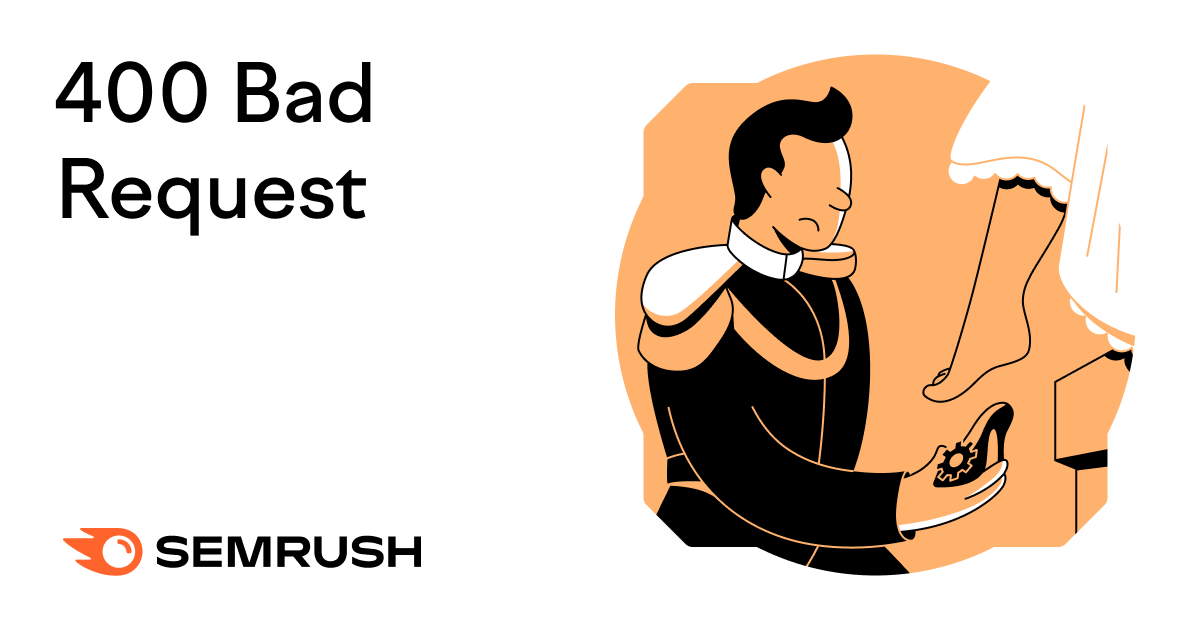











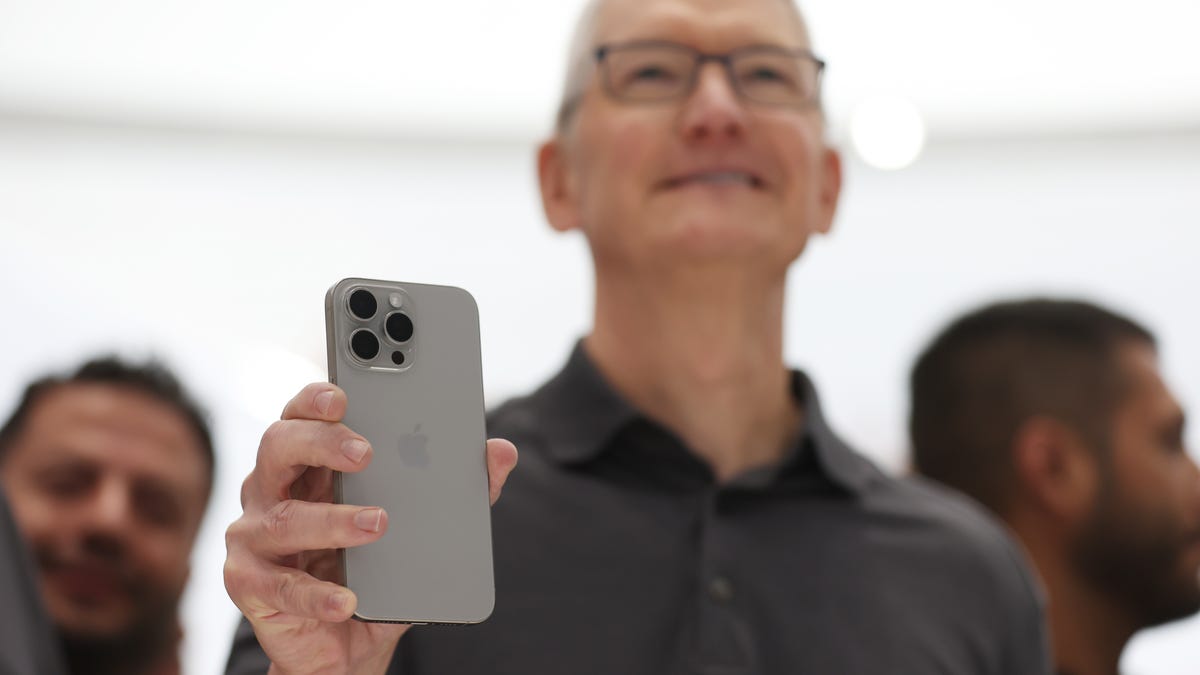












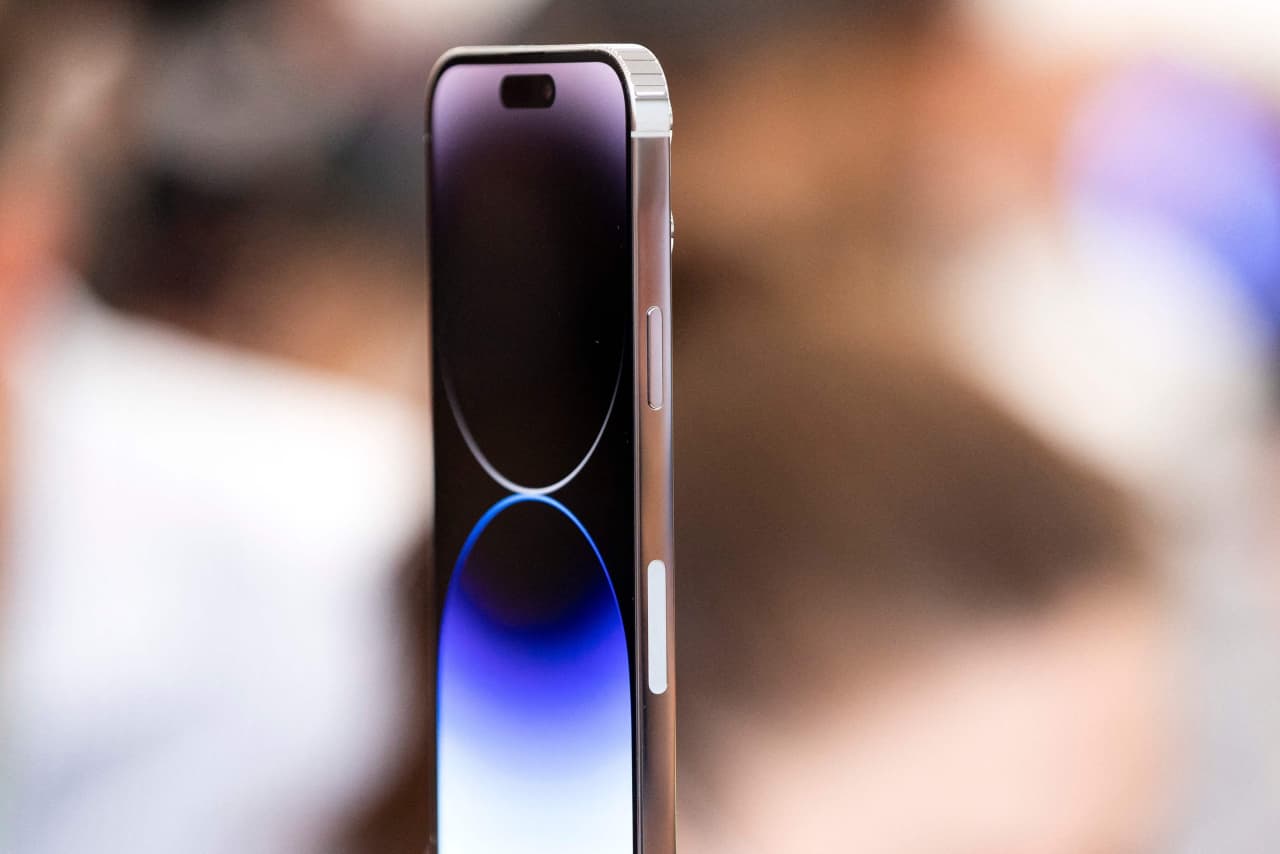


































































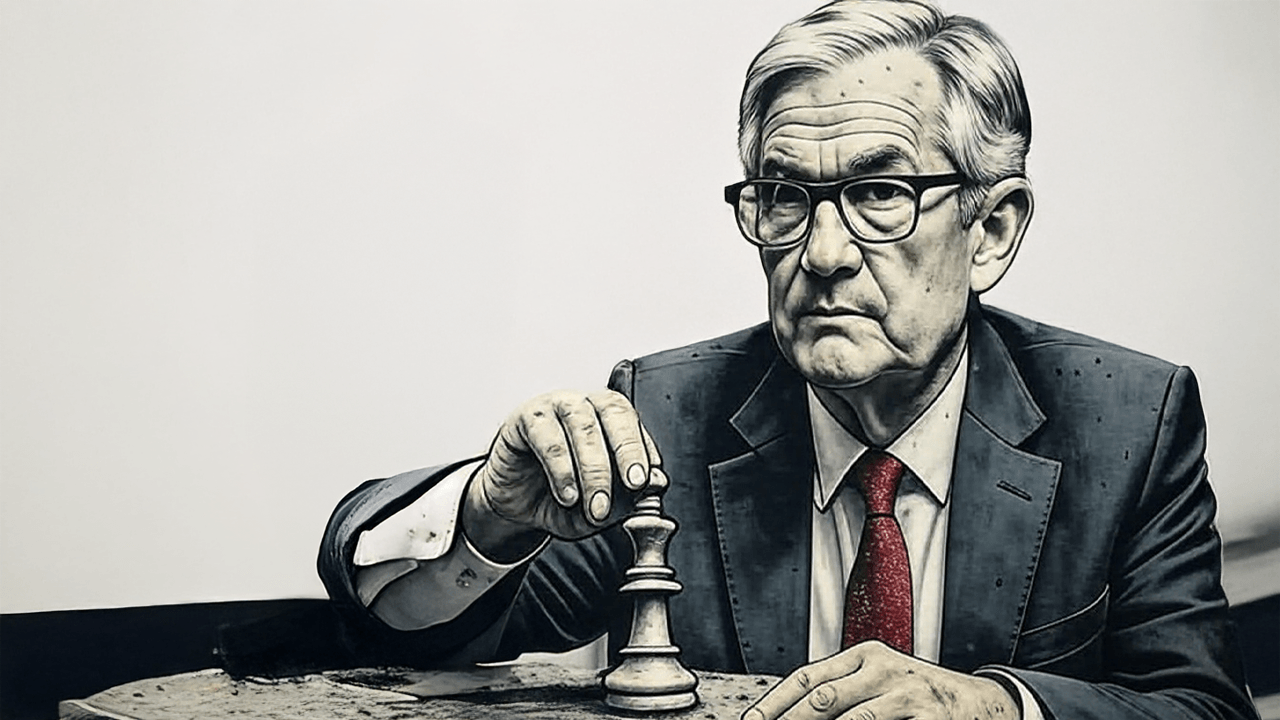







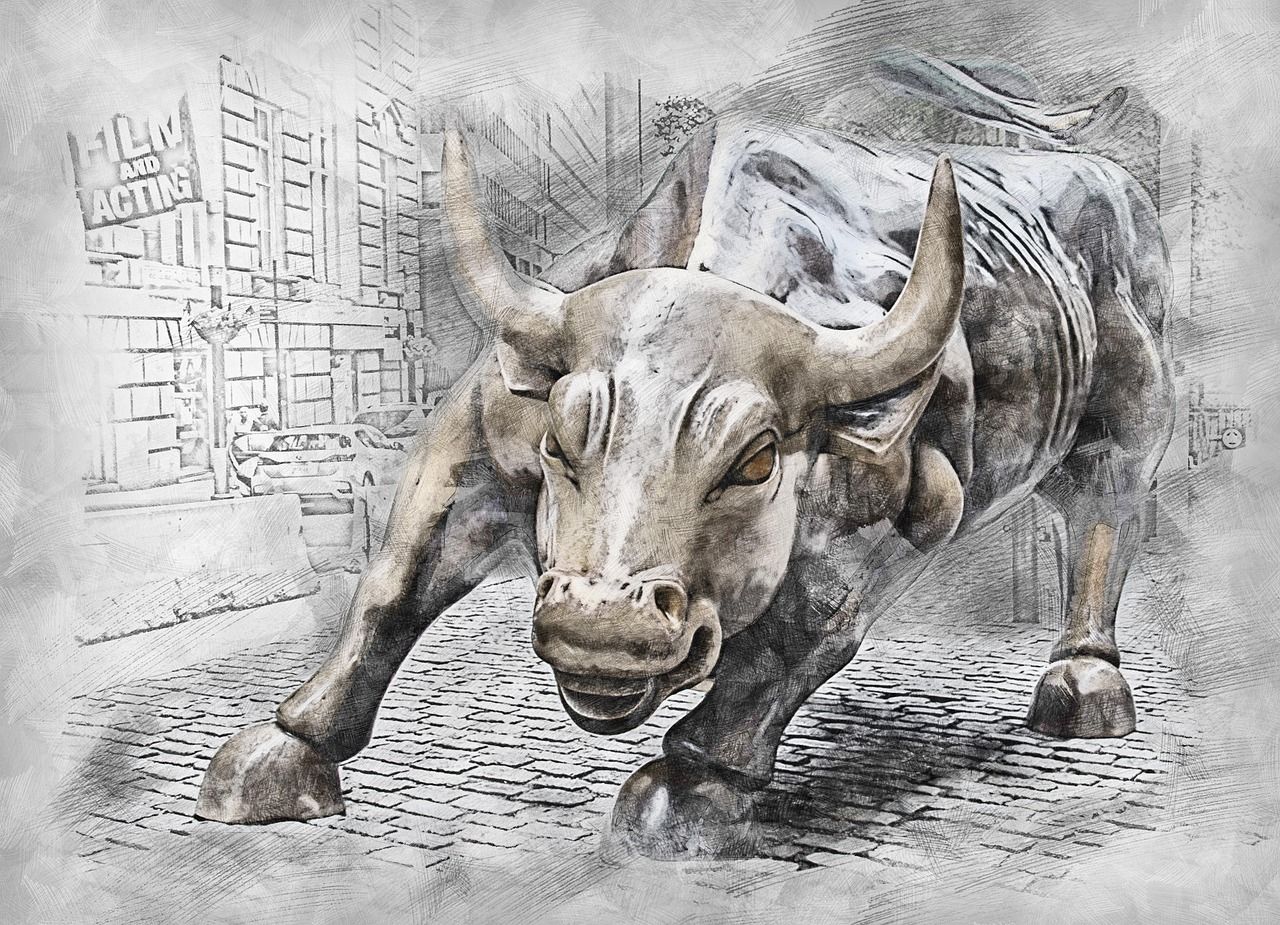








































































![How to Find Low-Competition Keywords with Semrush [Super Easy]](https://static.semrush.com/blog/uploads/media/73/62/7362f16fb9e460b6d58ccc09b4a048b6/how-to-find-low-competition-keywords-sm.png)


